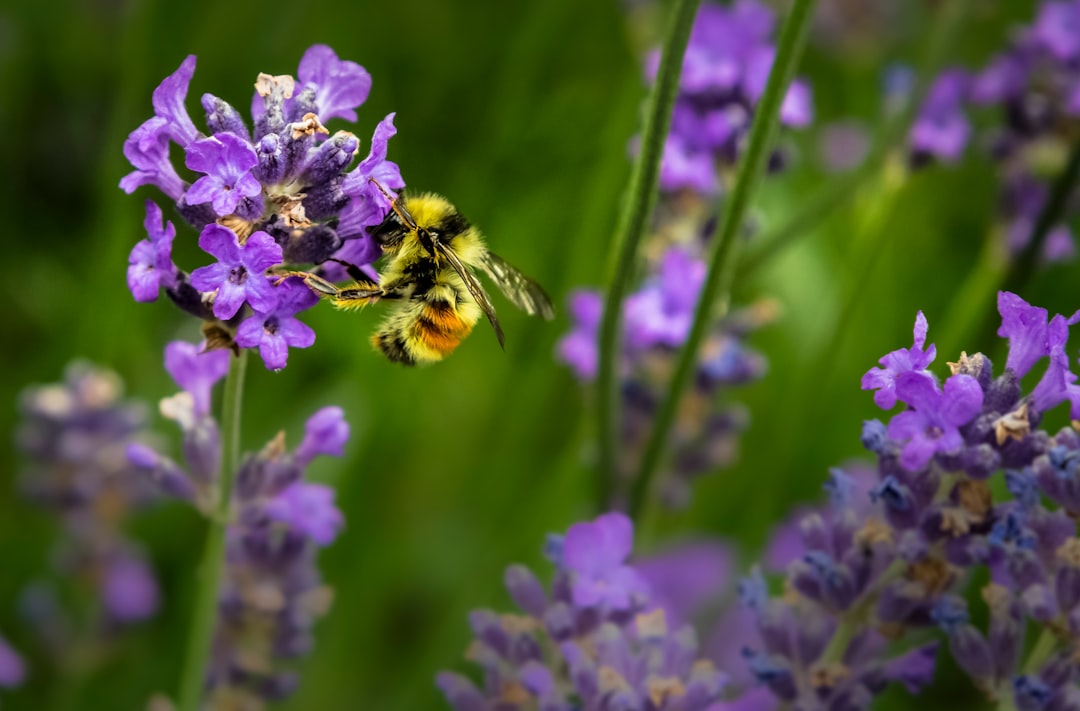Honey bees face numerous threats from pests and diseases that can significantly impact colony health and productivity. Beyond the well-known Varroa mite, other common issues include Nosema, American Foulbrood, and the Small Hive Beetle. Understanding these pests and diseases is crucial for effective management and maintaining healthy bee colonies. Here's a guide to identifying and controlling these threats.
1. Nosema
Nosema is a fungal disease caused by Nosema apis and Nosema ceranae. It affects adult bees, causing diarrhea, reduced lifespan, and impaired foraging ability.
-
Identification: Bees may exhibit signs of dysentery, such as yellow or brown spots on the hive entrance.
-
Control: Improve hive hygiene, ensure adequate ventilation, and consider using fumagillin treatments during periods of high infection.
2. American Foulbrood (AFB)
AFB is a highly infectious bacterial disease caused by Paenibacillus larvae. It targets bee larvae, leading to colony collapse if left untreated.
-
Identification: Infected larvae turn dark and have a foul odor. Cells may be sunken or perforated.
-
Control: There is no cure for AFB. Infected hives and equipment must be destroyed or sterilized to prevent spread. Terramycin (oxytetracycline) can be used to suppress symptoms but does not eliminate the disease.
3. Small Hive Beetle (SHB)
The Small Hive Beetle (Aethina tumida) is a significant pest that damages honeycombs and contaminates honey.
-
Identification: Look for discolored honey, slimy combs, and masses of larvae. Honey may develop a characteristic odor of decaying oranges.
-
Control: Use traps or chemical treatments like carbon disulfide. Maintain good hive hygiene and ensure bees have enough space to manage the infestation.
Other Notable Pests and Diseases
-
European Foulbrood: A bacterial disease similar to AFB but less severe. It can be managed with good hygiene and cultural practices.
-
Chalkbrood: A fungal disease affecting brood, causing them to appear white and chalky. Control involves improving hive hygiene and using resistant bee stocks.
-
Black Queen Cell Virus: A viral disease that affects queen cells, often linked to Varroa mite infestations.
Integrated Pest Management (IPM) Strategies
Effective management of honey bee pests and diseases involves a combination of practices:
-
Monitoring: Regularly inspect hives for signs of disease or pests.
-
Hygiene: Maintain clean hives and equipment to prevent disease spread.
-
Biological Controls: Use natural predators or competitors where possible.
-
Chemical Controls: Apply treatments judiciously to avoid resistance and environmental harm.
-
Cultural Controls: Implement practices like drone brood removal and ensuring adequate hive space.
Conclusion
Managing honey bee pests and diseases requires a comprehensive approach that includes identification, prevention, and control strategies. By understanding the threats posed by Nosema, American Foulbrood, Small Hive Beetles, and other pests, beekeepers can take proactive steps to protect their colonies and contribute to the health of these vital pollinators. Whether you're managing a small apiary or a large commercial operation, adopting integrated pest management practices is essential for long-term success in beekeeping.
Citations:
- https://www.farmcreditofvirginias.com/sites/default/files/Knowledge%20Center%20Assets/Education%20Portal/PSU%20Bee%20Parasites,%20Pests,%20Predators%20and%20Diseases.pdf
- https://www.wheenbeefoundation.org.au/wp-content/uploads/2018/06/Managing-AFB.pdf
- https://extension.oregonstate.edu/catalog/pub/em-9143-small-hive-beetle-potential-pest-honey-bee-colonies-oregon
- https://www.agriculture.gov.au/biosecurity-trade/pests-diseases-weeds/bees
- https://www.pa.gov/content/dam/copapwp-pagov/en/pda/documents/plants_land_water/plantindustry/entomology/apiary/documents/Bee%20Diseases%20-%20American%20Foul%20Brood.pdf
- https://en.wikipedia.org/wiki/Small_hive_beetle
- https://en.wikipedia.org/wiki/List_of_diseases_of_the_honey_bee
- https://extension.psu.edu/honey-bee-diseases-american-foulbrood
- https://beeaware.org.au/archive-pest/small-hive-beetle/
- https://www.woah.org/fileadmin/Home/fr/Health_standards/tahm/3.02.02_AMERICAN_FOULBROOD.pdf
- https://agriculture.vic.gov.au/biosecurity/animal-diseases/honey-bee-pests-and-diseases/diagnosis-control-and-eradication-of-american-foulbrood-disease

Comments
No comments yet. Be the first to comment!
You must be logged in to comment. Login